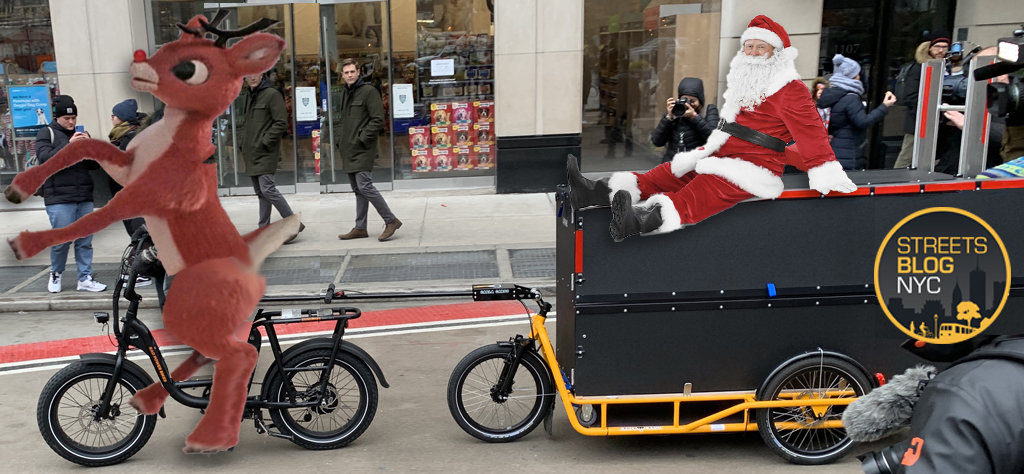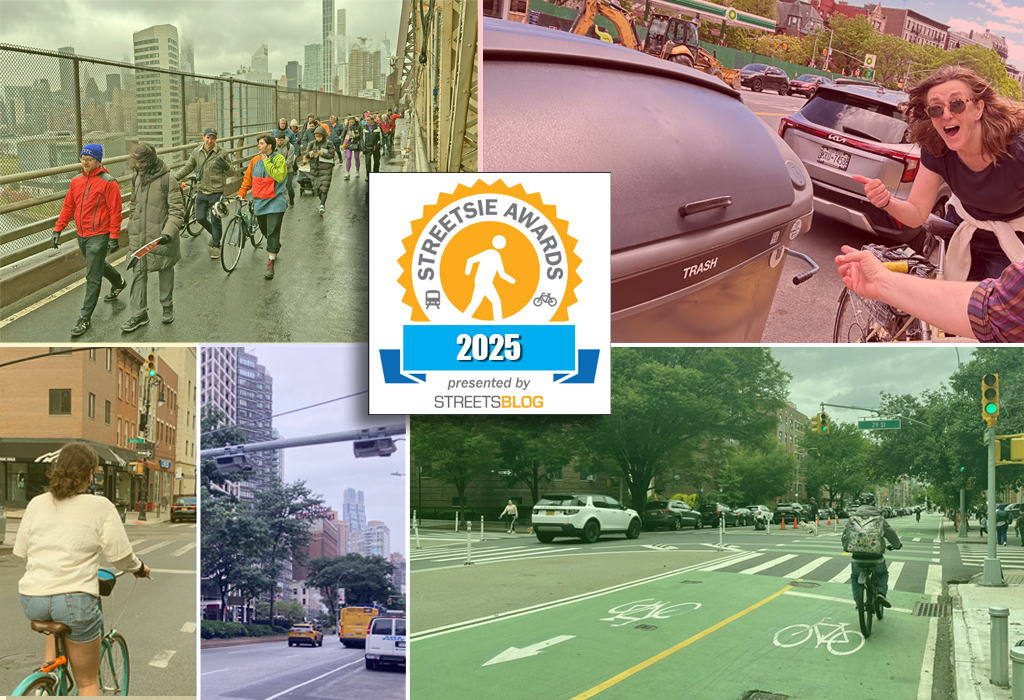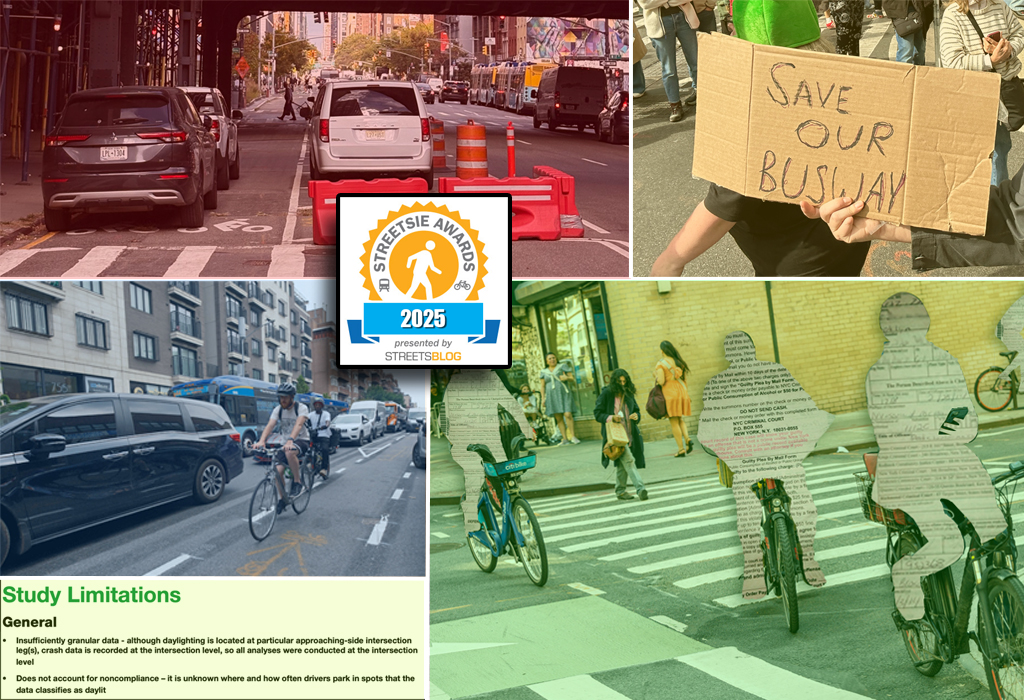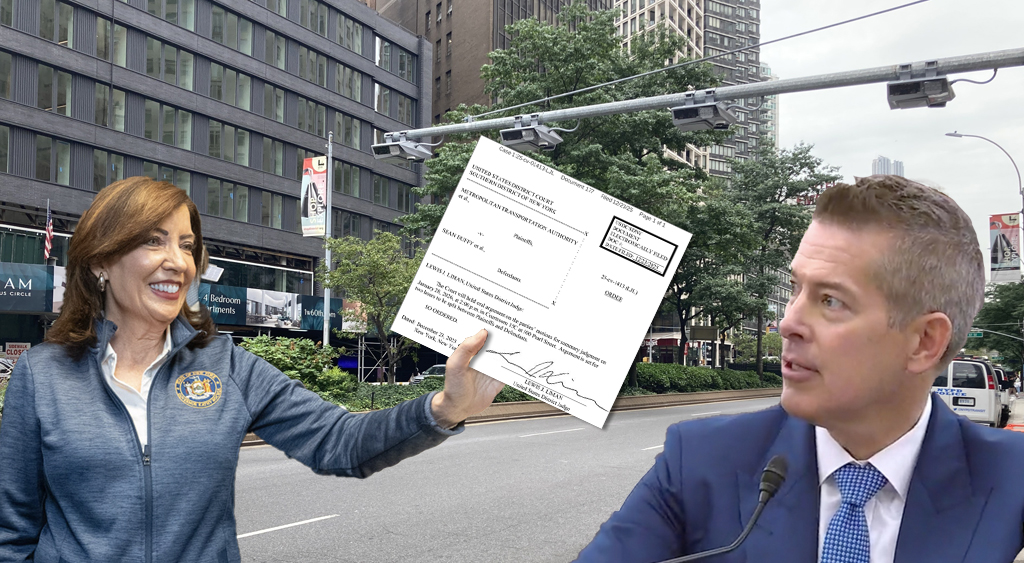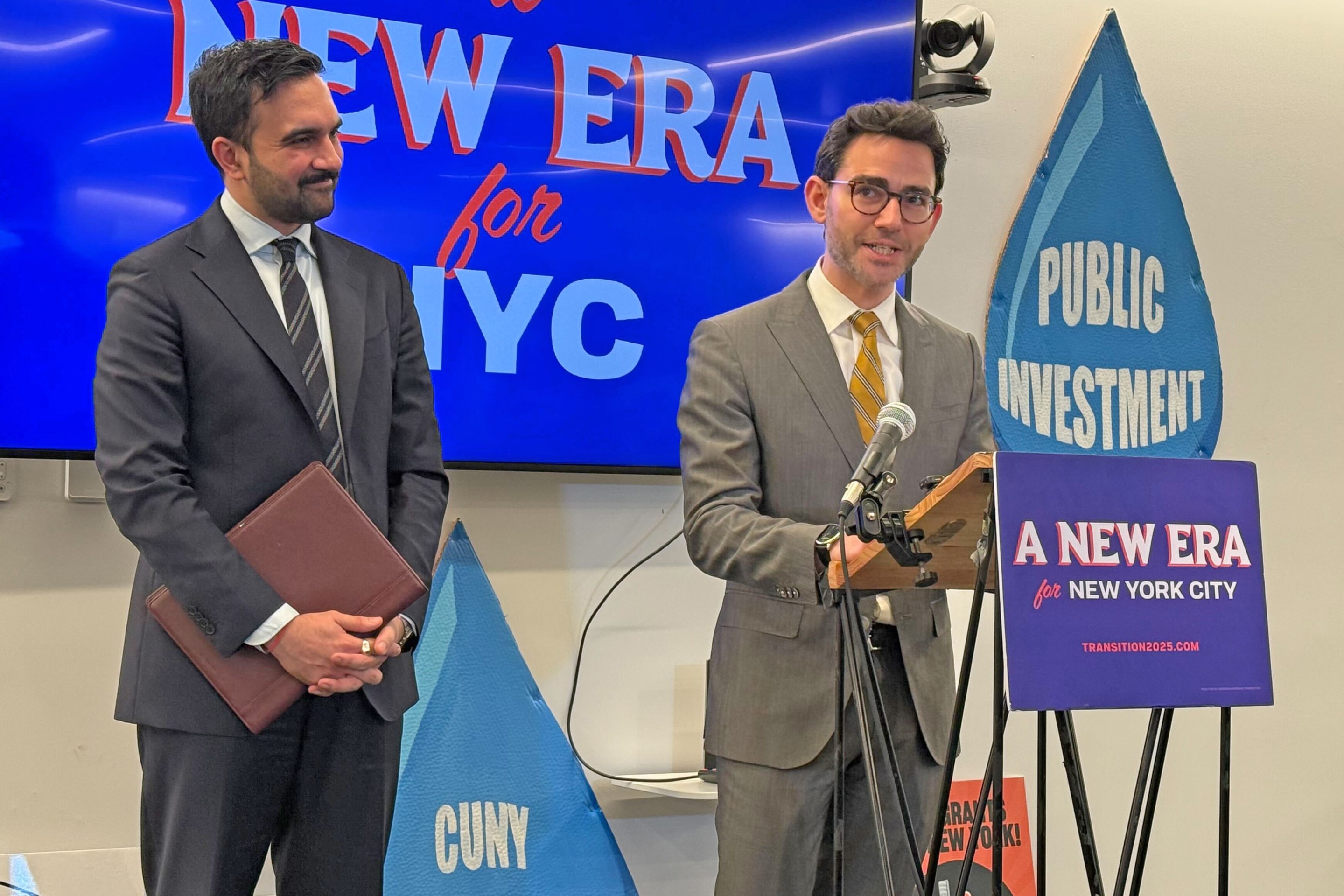There's been a lot of ink spilled lately over population losses in cities. And these gloomy numbers from Yonah Freemark at The Transport Politic help explain why:
- Baltimore lost 4.6% of its population since 2000
- Chicago: -6.9%
- Cincinnati: -10.4%
- Cleveland: -17.1%
- Pittsburgh: -8.6%
- St. Louis: -8.3%
But that's only half the story, says Freemark. While many cities got kicked in the shins if you look at their overall populations, downtowns and their surrounding neighborhoods enjoyed a resurgence. Check out these stats Freemark pulled together:
- Baltimore‘s downtown residential population has grown by 11.6% since 2006 and now provides living space for more than 40,000 people.
- Chicago‘s Loop saw a 76% increase in inhabitants since 2000 and the Near South Side more than doubled in population over the same period (even as the number of jobs downtown declined by 60,000).
- Cleveland‘s most central Census tracts each gained 20% or more in population between 2000 and 2010.
- St. Louis‘ central neighborhoods gained several thousand people in total.
And those are just cities with overall population losses. Many cities posted strong gains overall, including Newark, Los Angeles, Philadelphia, Portland, San Francisco and Seattle.
The public policy implications are clear, Freemark says:
There is a strong and increasing interest in living downtown, whether in the winds of Chicago or the fog of San Francisco. This downtown growth falls closely in line with the narrative that Americans are moving back to the city — it’s just that in many cases they’re only moving to a specific part of it: The high-density downtown. Thanks both to public and private sector investments, these built-up cores offer the amenities people think of when they imagine living in the city: The ability to walk to and from retail, easy access to public transit, and more.
The problem is that other sections of major cities provide few of those attractions. While Philadelphia and St. Louis may have once had vibrant, walkable neighborhoods throughout, too many of those communities have been degraded over time and now offer their residents almost nothing in terms of livability. Moreover, the physical form of these areas is frequently very similar to that of safer, sometimes less-expensive suburbs — which may explain why an exodus from many cities continues at the municipal level. You cannot beat the suburbs at their own game.
The message for planners is straight-forward: The most successful sections of America’s center cities are their downtowns, which feature high densities and a mix of uses. In order to restore growth in struggling cities, emphasizing public policies that encourage the extension and growth of such areas is the right move.
Elsewhere on the Network today: The City Fix explains a brilliant campaign by Seoul, South Korea, to color code buses based on their destination, a move designed to solve the "bus legibility problem." And Bike Delaware says the city of Newark may be taking a page from New York City in a bid to "pedestrianize" streets near the University of Delaware.

